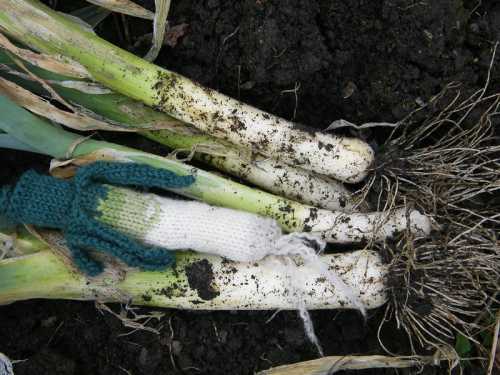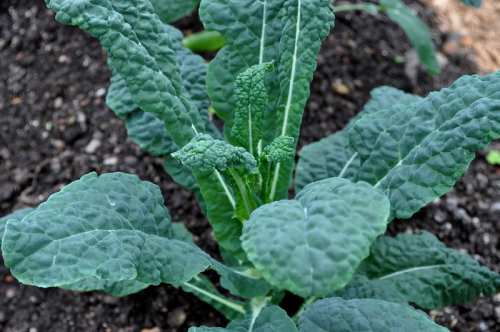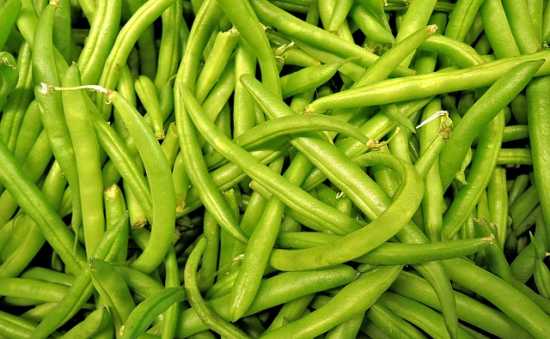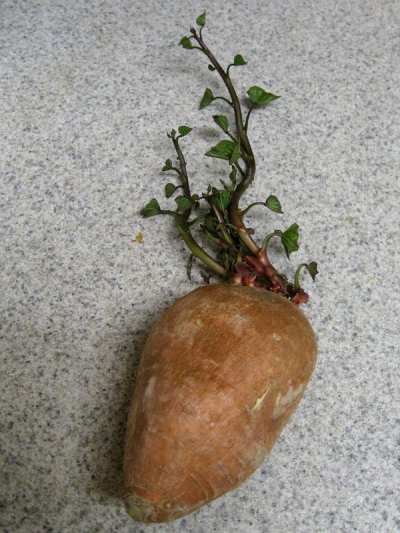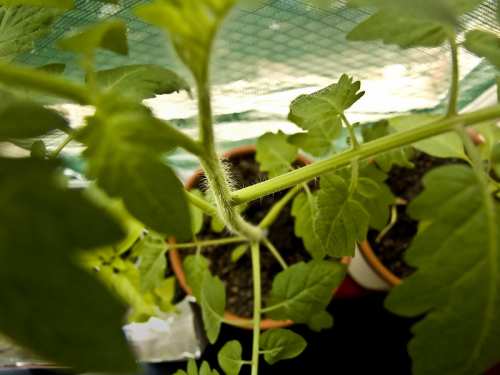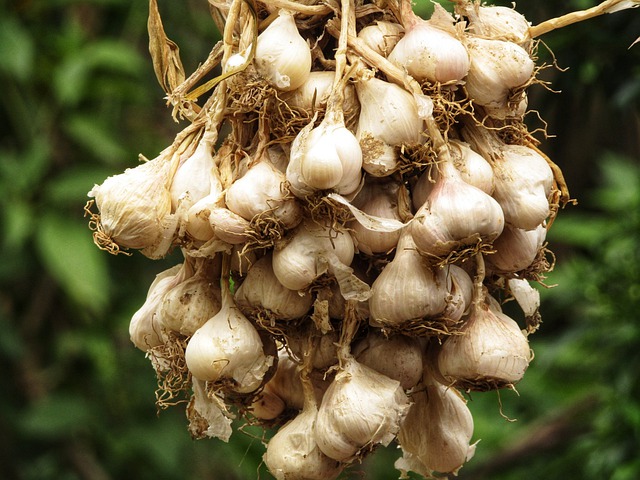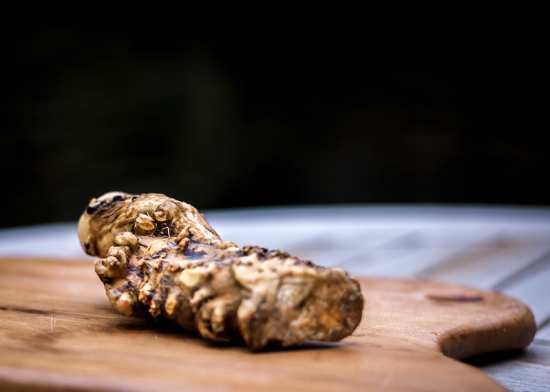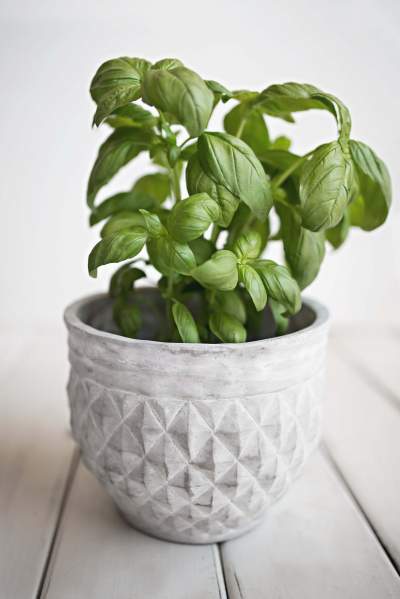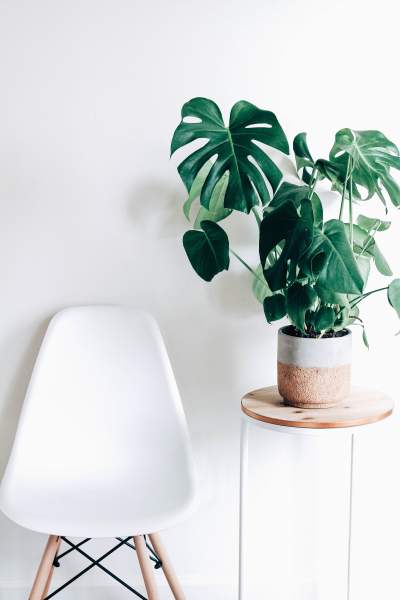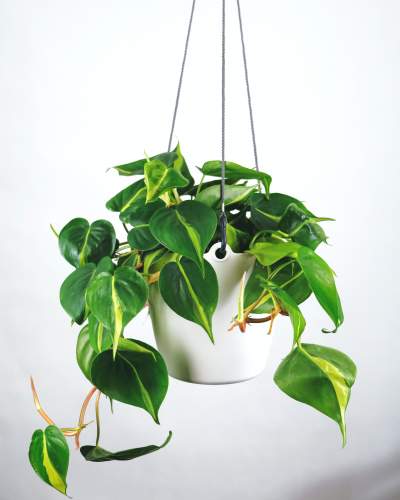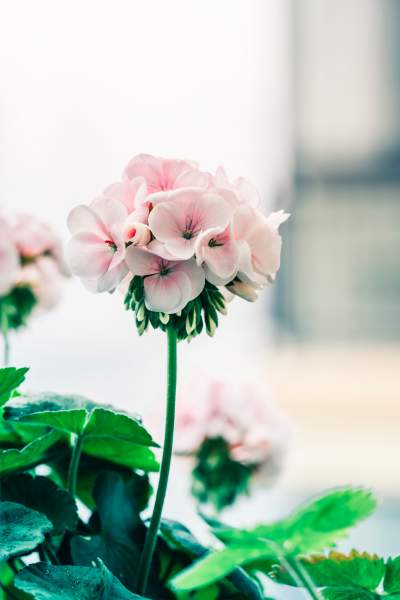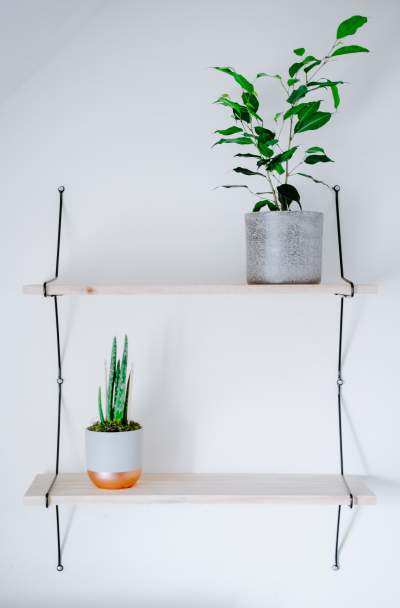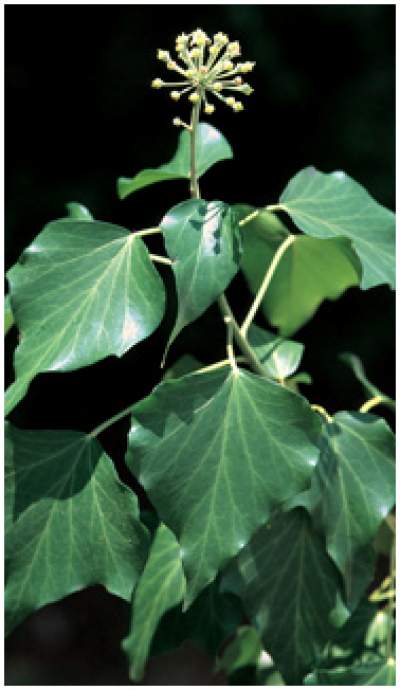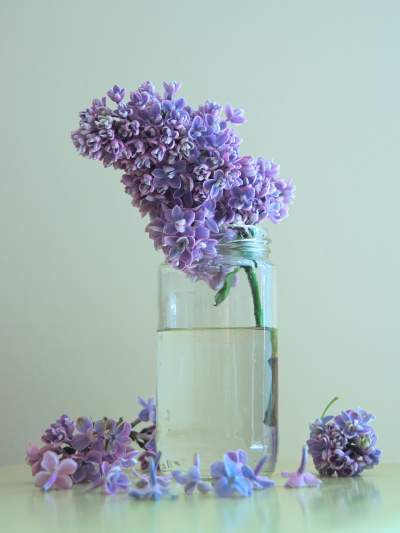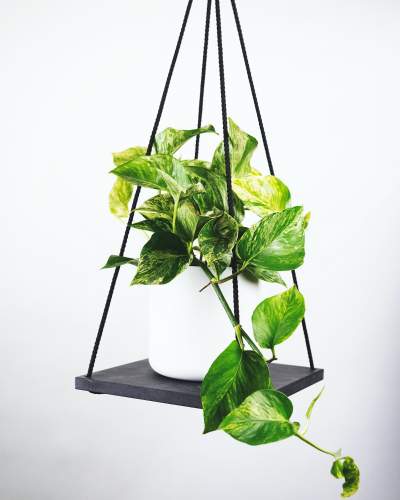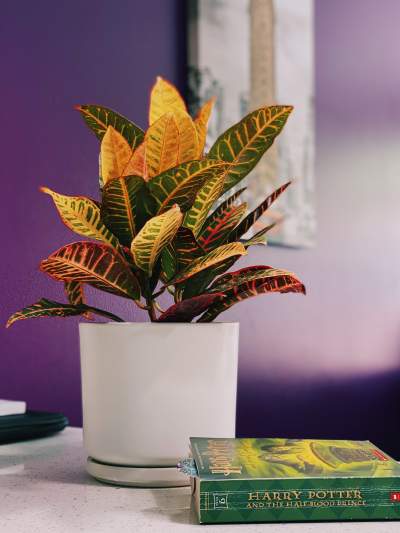If you are growing squash in your garden then you must be wondering why the leaves are turning yellow? As the squash develops, you may notice that the foliage becomes yellow and decay. It’s an indication that something is up with the crops.
The most typical cause of squash leaves turning yellow is a hydration issue. That suggests you’re probably overwatering or underwatering your crop.
Squash is native to North and Central America and also is known by many different names, including acorn, squash, spaghetti, zucchini, and banana.
Squash plants have yellow and orange blossoms and also green, white, or yellow tasty fruit in several different forms, depending on the variety.
These species may also be found as bush-like vegetation with huge lobed foliage and lengthy vines which can cling to and start climbing a surface using their stems. A deep green tint on the plant leaf is a notable statement of how these plants are prospering.
Yellowing leaves on vegetation, on the other hand, are a bad indication because they suggest a deficiency of nutrients or, worse, distress caused by the presence of some pests, as we shall explore later.
Growing Squash
There is a distinction between a ready-to-eat fruit and then one that’s yet to be served.
This might be due to the drab and chapped skin of ripe fruits and the glossy look of young fruits.
The species requires a huge amount of sunshine and sufficient drainage to flourish. Meaning that best development occurs when plants are placed in soil that is nutritious, well-drained, and high in organic material.
Furthermore, the gaps among plants are critical since pests and illnesses proliferate the greatest when crops are planted too tightly together. Squash plants may be grown through either transplant or simply planting the seeds into the ground.
Seeds for the former must be planted three to four weeks before the latest frost date. Manual seeding, on the other hand, should be done after the final frosts on warmer soil.
Squash plants thrive best when they have a constant source of water. However, if you live in a location where the water system is unreliable, you may offer an inch or two by thoroughly watering weekly. It would be the most suitable option.
Also Read: Why Are My Radishes Growing Above Ground?
Why Squash Plant Leaves Turning Yellow?
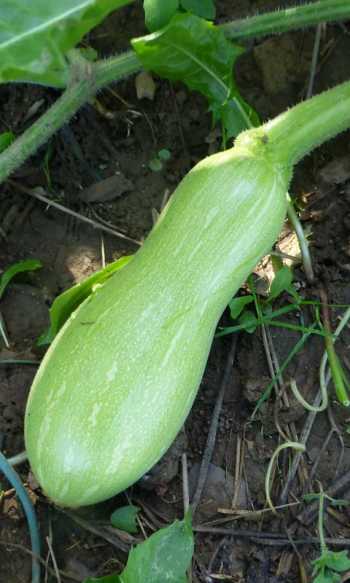
How is your squash foliage becoming yellow and decaying? This is a frequently asked question. The most common cause of yellowing leaves is insufficient irrigation — you might be watering the squash under or over.
On the other hand, you might overwater the squash. The soil surrounding the squash should not get wet. It should be moist but just not soaked. If the squash is becoming soggy, you’re either overwatering or the ground is too packed and not draining correctly.
But overwatering or underwatering aren’t the only reason for squash leaves to turn yellow. Read below to know more about the causes of squash leaves turning yellow and how to prevent that.
Also Read: Why are my Strawberry Leaves Turning Red?
#1 Water scarcity
Although squash plants are rather resilient, they do require roughly 2 inches (5 cm.) water moisture each week when compared to other veggie plants. Due to extreme heat, they may be required more often at times.
Each week, squash requires an inch of deep water. For squash to be adequately nourished, the soil must be thoroughly moist 8-12 inches. If you reside in a location, where summertime is warm and sunny, you might have to water the squash nearly every day.
Examine the squash plants to determine whether they are getting nearly this much moisture every week. If not, use a sprayer or drip hose to complement environmental watering (i.e. rain).
Also Read: How Often to Water Green Beans at Home?
#2 Inadequate iron intake
Plants struggle to produce chlorophyll, the chemical that turns leaves green, in the absence of iron. Iron chelates (a type of fertilizer) incorporated into the soil can assist.
The majority of the time, the iron shortage is caused by minerals being extracted out from the soil as a consequence of overwatering. Make sure you’re not overwatering the plants.
#3 Squash Pest Issues
Pests bothering your crops is a less probable but probable cause of the squash foliage becoming yellow. Whiteflies, mealybugs, aphids, and insects all like eating the squash and would do it voraciously. Squash is also susceptible to disease.
The best way to deal with yellowish squash leaves is to be cautious. If your plants are adequately hydrated and nourished, they are less likely to suffer from insect issues. Below are a few common pests that can cause squash leaves to turn yellow.
Check this: Why My Eggplant Leaves Turning Yellow and Curling?
Vine Borers
Vine borers can target a squash crop and chew their path through the plant’s stem. Yellowing of the leaflets from the bottom portion of the plant to the top is unmistakable indicators of a vine borer, as is a little mound of “sawdust” at the foot of the plant, around where it emerges from the earth.
If you detect a vine borer, keep in mind that insecticides would not be effective. The only viable, if not always effective, the remedy is to extract the vine borer insect from the stems. Split the plant lengthwise at the location where you assume the vine borer is stuck.
This won’t harm the squash vine very severely, but if you don’t discover the vine borer, your crop will die anyhow. If you find the vine borer, puncture it with a stick and destroy it.
Also Read: Why Tomato Branches Curling Down?
Bacterial Wilt
Sadly, there is little you can do to preserve your squash seedlings if they are affected by bacterial wilt. This yellowing of foliage will be swiftly accompanied by withering and darkening of the foliage, and then death.
Bacterial wilt could be identified by removing a portion of the stems and pressing some of the fluid within. If somehow the juice is slimy or leaking, the crop has been damaged. Plants should be destroyed rather than composted.
Do not grow squash or any other cucurbit crops in that place the following year, since the bacterial wilt is still present in the ground and thus will affect them too.
Although the factors described above are among the most prevalent causes of yellow leaves in squash plants, these are not the primary ones.
As previously indicated, squash plants’ foliage will change color once the plant is distressed. Once you can determine what is causing the crop to become stressed, you will be ready to correct the issue and assist your squash plant in regaining its green color.
Suggestions for Growing Squash
Squash, like other vine-growing vegetables, requires heat, yet it is usually more hardy than melons and cucumbers. Squash plants demand full light, healthy soil, and plenty of water. It is advised that well-composted manure be incorporated into the ground.
Summertime and cold weather squash usually grow in full-sun settings with healthy, well-drained soil rich in organic materials. Organic material may be applied to the soil by mixing fertilizer and decomposed manure.
Squash seeds can be planted immediately in the field or grown inside. Summer and cold weather squash are generally grown in 1 inch (2.5 cm) thick hills. Sow seeds soon after every frost threat has passed and the ground has heated.
Typically, four to five seeds every hill are sufficient, with pruning downward to two or three seedlings every hill after the plants have formed leaf blades.
Summer squash slopes and rows must be around three to four feet (1 m.) away, whereas winter squash rows must be roughly four to five feet (1-1.5 m.) off from each other, with Five to Seven feet (1.5-2 m.) among rows and hills around Three feet (1 m.) away.
Squash may be grown indoors three to four weeks before transplanting. Start seeds into peat containers, but be careful not to disrupt the squash seedlings’ roots when transferring.
Plant three to four seeds per container and trim to two plants afterwards. To ease the stress of transplanting, tough the seedlings off before transplanting inside the yard, and wait till all risk of frost is gone. It is beneficial to heavily mulch squash seedlings; mulching retains moisture and suppresses weeds.
Companion plantings can be a highly successful method of producing strong, vigorous squash harvests. Grow a variety of herbs & blossoms that draw pollinators and also parasitic and predator insects to keep your yard pollinator-friendly.
For optimal pollination, squash vines require numerous visits from their winged buddies. Allow fragrant herbs to blossom, like dill, basil, fennel, cilantro, mint, chamomile, and tulsi, drawing and nourishing hoverflies, parasitic insects, damselflies, ladybugs, & bees.
Plant a lot of lovage because it serves as a hosting crop for parasitic wasps which eat cucumber insects, squash bugs, and aphids. Planting petunias, nasturtiums, and turnips in the squash beds are also said to prevent squash pests.
Soil, Planting, and Maintenance
Squash likes to twist their roots over pieces of decaying leaves or even other manure, and they require a lot of light and adequate drainage. Put in a 3-inch coating of manure to prep the soil for squash.
Another viable alternative is to combine old compost-enriched clay with the first couple of inches of natural soil. Squash vines are often large, so put them at least Three to Six feet away.
You’ll like to supply a consistent source of nourishment by treating squash vines using a continuous-release fertilizer according to package recommendations for optimum development and a large yield.
Since squash foliage is so wide and thick, big plants suppress weeds while also providing pleasant shade.
When putting squash seedlings in the sunlight, shade plants using an upside-down flower vase or any other shadow covering for a few days following transplanting to prevent possible withering.
Squash blossoms have both female and male blooms.
Watch for a little squash under the flowers to distinguish the female flowers. Male flowers, typically appearing a week or so before female flowers, sit straight on the stalk.
Honeybees and other tiny bugs pay frequent visits to assist female flowers to grow into squash, putting behind pollen tracks supplied by male blooms. Male flowers frequently fall on the ground towards the close of their lives; this is natural.
Harvesting
Summer squash produces fruits over several months, beginning in mid-summer and lasting until the first frost. Harvest the fruits once they are tiny, delicious, and have velvety skin.
Harvesting regularly will foster the formation of more fruits. Allow the fruit of wintertime squashes to ripen on the vine before removing before the first cold.
Place the fruits in the sunlight for a whole week, either outside or in a nursery, to firm the skin. It helps to guarantee that they stay in good condition.
Keep the fruits inside at 10–15°C (50–60°F) in a well-ventilated area. Cold weather squash may be stored for 3 months or longer, based on the type. Store them in an appropriate environment to enjoy them for long. You can serve them in various dishes and snacks.

